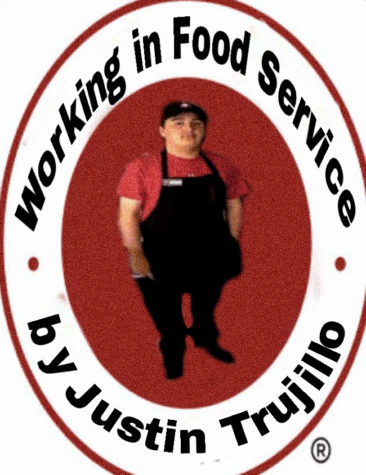The Prison System (part 3)
December 10, 2017

We learned a lot about what is going on in our prison system, like how we incarcerate many people for nonviolent offenses, and how our prisons are packed.
Let’s get a new view on the prisons and get some insight on them by someone who has actually worked there.
On November 22nd I Interviewed the leading Law and Justice Academy teacher on our campus, Ms .Blades. There are currently 103,400 probation officers in the United States, and Ms.Blades has been one of those Probation officers.
Education
Ms.Blades began her education to pursue a job in criminal justice through Sacramento State University where she earned her degree in criminal justice.
What were your Jobs prior to your current one ?
Before being a teacher for the Law and Justice Academy I was a group supervisor for the California youth authority, which is equivalent to a prison guard. (For kids who committed murder). After that I went to work in “St Vincent School For Boys” (highly abused boys) which is located in San Rafael. I then ran a home for inmate mothers and their children. And then after that I became a Probation officer at Alameda County.(For adults who commited all kinds of crimes)
Before having hands on experience with the people in the prisons. How did you view non violent offenders?
Before having hands on experience with the people in the prisons, I believed in “Community based correction”. Meaning that with the right rehabilitation and programming, people can have this as an alternative for being incarcerated. However after working there for some time, I began to feel like they should all do some time for a little while.
How was your time working in the prisons?
After years of working in a prison, I found that the job was fine. However I did run into some obstacles. The main problem I encountered had to deal with discrimination. In that day and age it was really hard for women to work in male dominated jobs which made it kind of miserable.
Any stories that happened in prison?
Prisons can get wild of course. It is really important to follow protocol. Once I was patrolling the cells, and some inmates lit a mattress on fire. This was a way for them to escape. If I wouldn’t have followed the proper procedures they would have thrown the mattress on me and tried to flee.
How was it like working with drug offenders ?
It was very hit and miss because many people are trying but others are not. When it comes to rehabilitation and drug offenders it merely depends on whether they would be ready to be rehabilitated. Usually people are not very successful their first time in rehab.
How can you tell if they are ready for rehabilitation?
Well you can’t always tell if someone is ready to better themselves because something can always trigger the use again even if they have been in a good place (sober) for a while. A better way to draw the connection is by comparing it to teaching high school. For example: if people don’t want to do anything regarding their education then you cannot force them. Ms.Blades continued to use an analogy to get me to better understand what it is like in prison.
Teaching high school vs prison
Crowd control is crowd control. A group of people can easily take over, therefore you need to be strict. Similar to High school there is sneaky stuff going around in prison.The breaking of rules is always happening. Rules need to be enforced 100 percent just like in prison.
Through this interview I learned a lot about Ms.Blades and her previous jobs. Most importantly we got to better understand how a prison is really like through the eyes of a former probation officer, and a prison guard.





